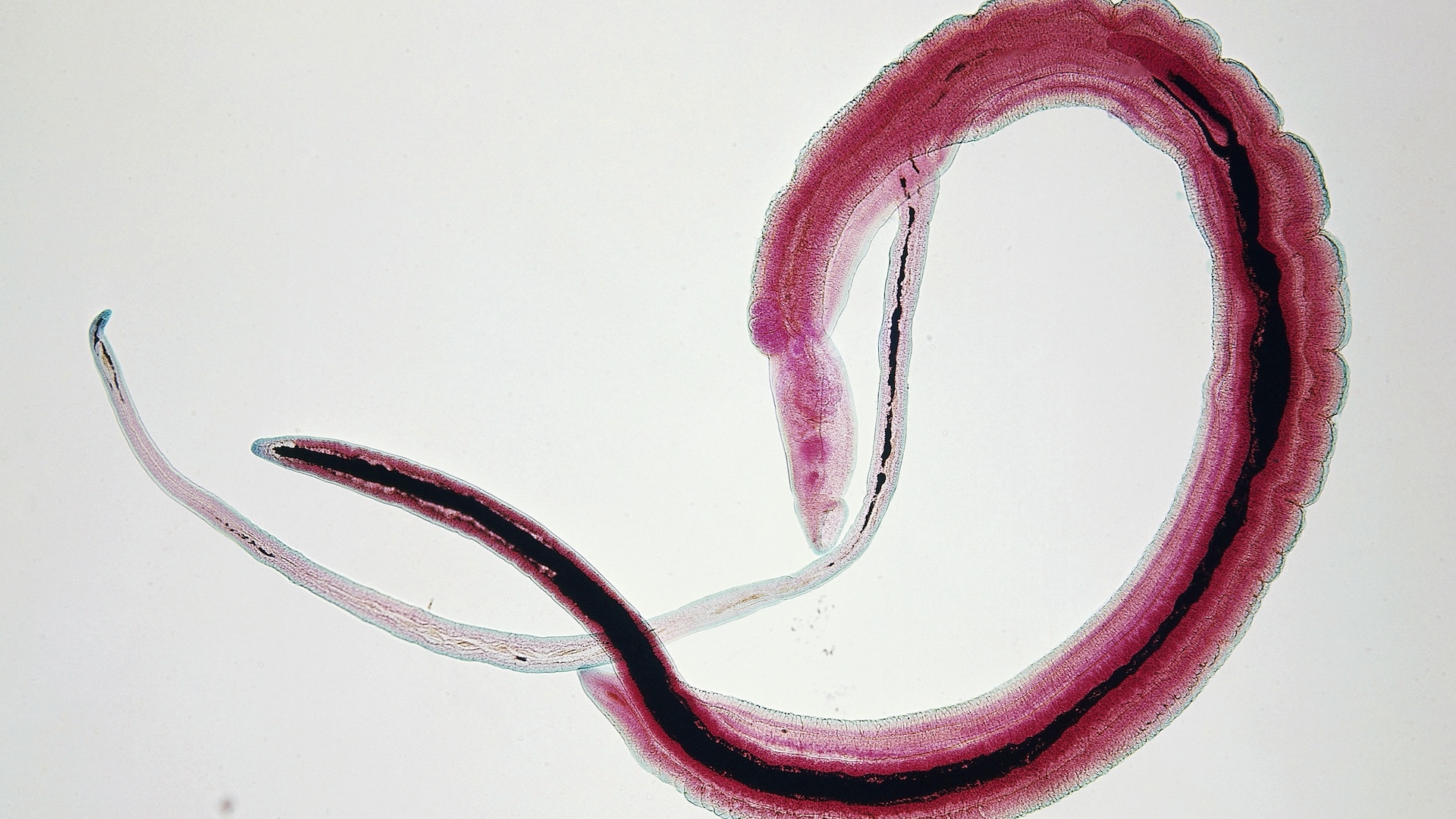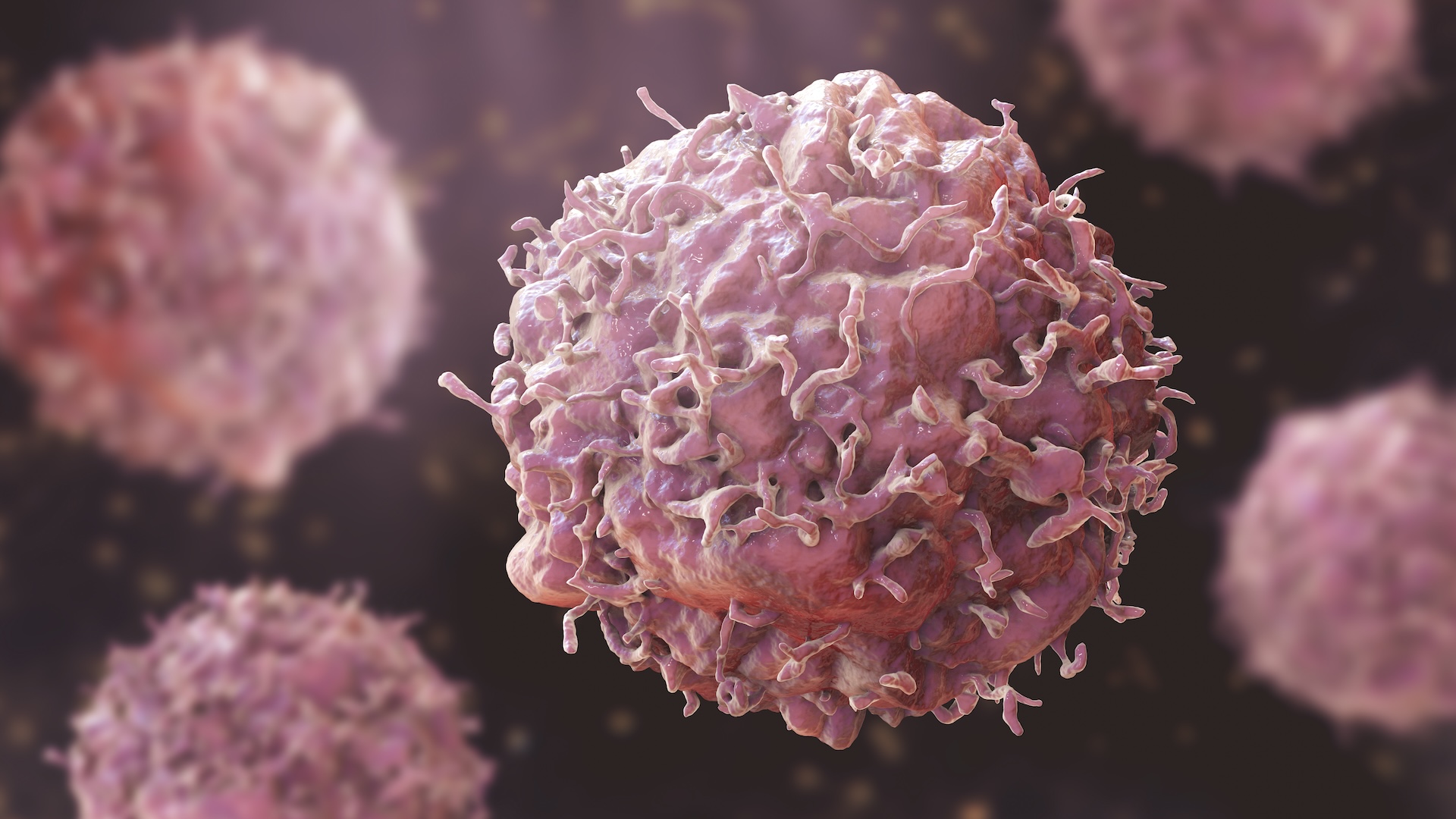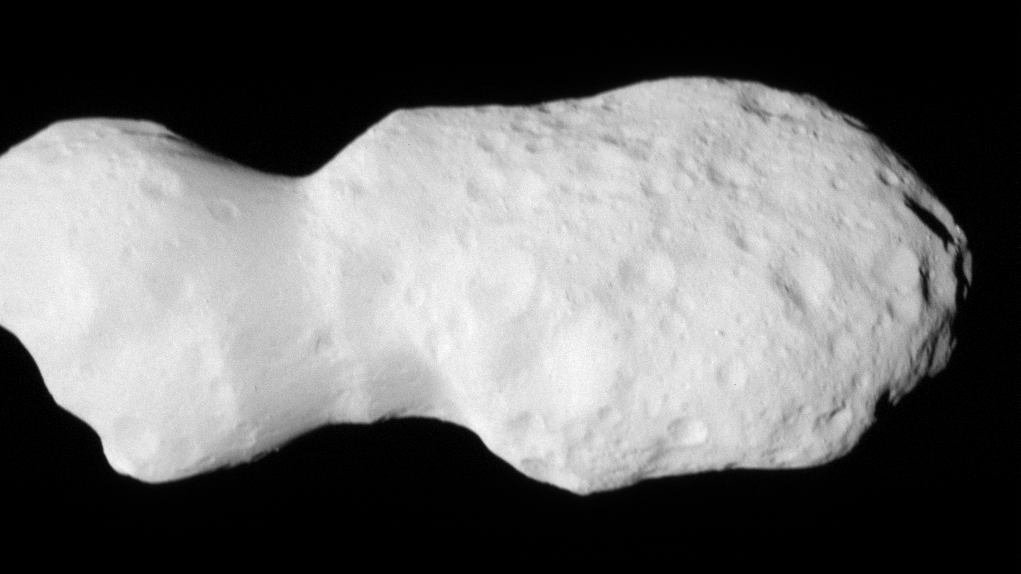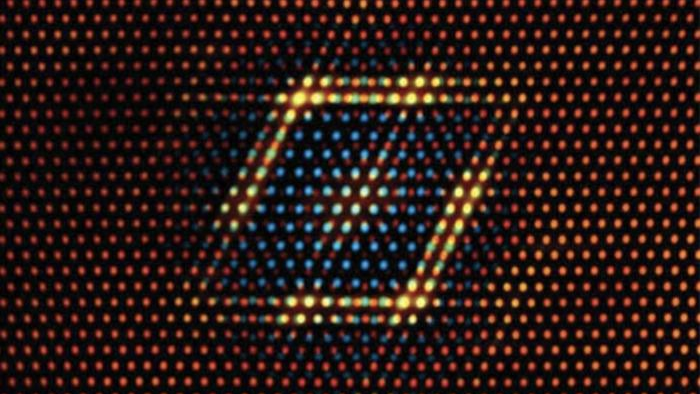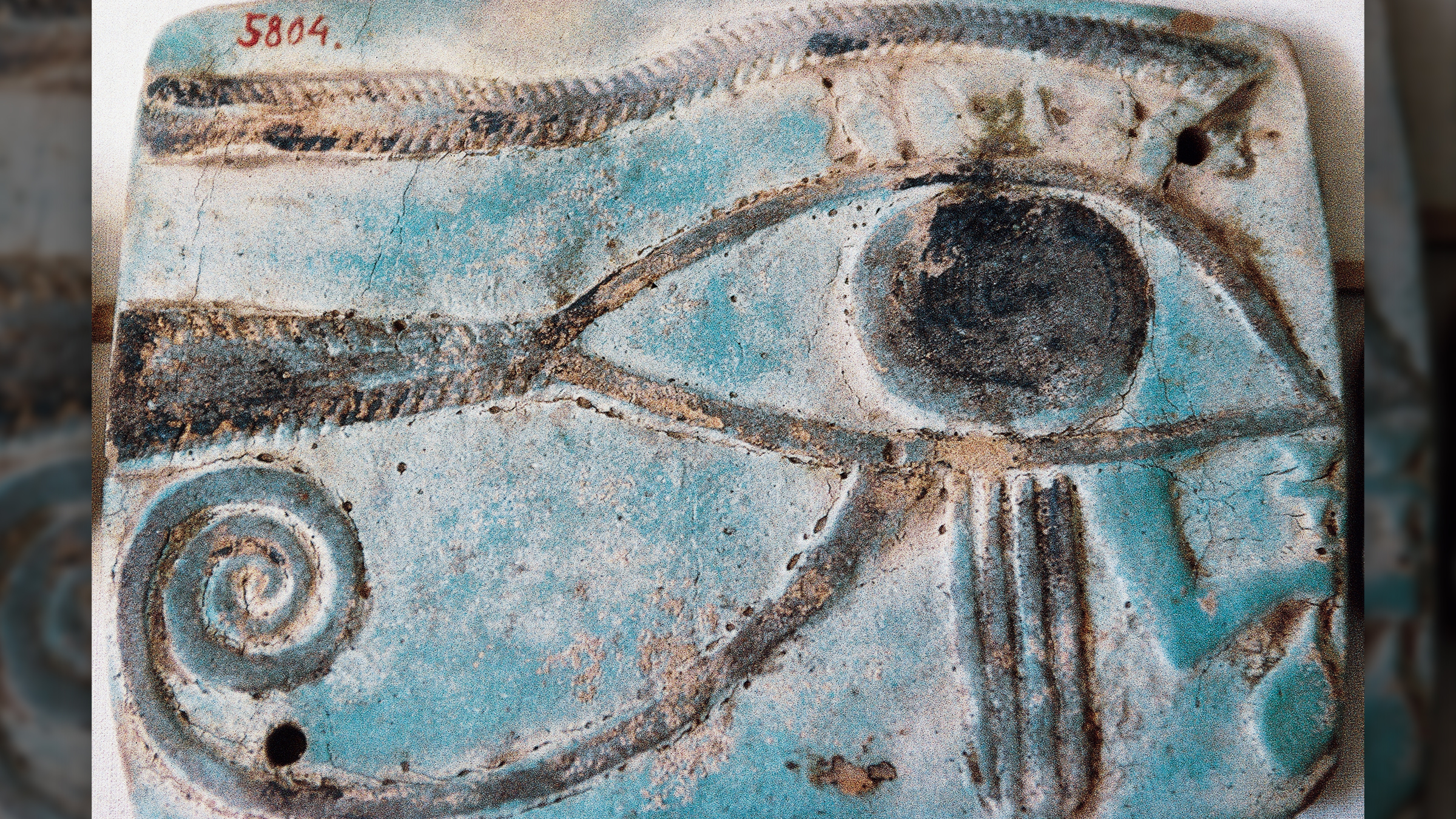Superfast diamond-laced computer chips now much closer to reality thanks to 'quantum breakthrough'
Scientists have vastly reduced the temperatures and conditions needed to grow special diamonds for computing, making faster and more efficient computing chips a more realistic proposition.

Scientists have inched closer to integrating diamonds into silicon-based computer chips, after lowering the temperatures needed to grow them in the lab and melding the process with quantum mechanics.
Diamonds are highly desirable for use in electronics. That's because their specific crystal lattice structure lets them withstand high electrical voltages, while they can also dissipate heat incredibly well because they are not electrically conductive. But to be made in the lab, diamonds also require extremely high temperatures — well beyond the heat computer chips can withstand as they are being manufactured — so they cannot easily be integrated into chipmaking processes. Reducing heat, meanwhile, sacrifices the diamond quality.
Solving a diamond-related mystery
In a study published Sept. 13 in the journal Diamond and Related Materials, scientists found a way to reduce the heat needed to grow diamonds enough so they can now be incorporated into the standard silicon manufacturing process. The breakthrough means faster and more energy-efficient diamond-based computer chips are a much more realistic proposition.
"If we want to implement diamond into silicon-based manufacturing, then we need to find a method of lower-temperature diamond growth," study lead author Yuri Barsukov, a computational research associate at Princeton Plasma Physics Laboratory (PPPL), said in a statement. "This could open a door for the silicon microelectronics industry."
Diamonds are normally made in a process called "plasma-enhanced chemical vapor deposition," in which thin films of acetylene in a gaseous state are deposited in a solid state onto a substrate.
Previous experiments showed that acetylene can contribute to diamond growth — but it also leads to soot growth, which forms on top of the diamond and inhibits its utility in chips, sensors and optics, the team said. Scientists previously did not understand the factors that caused acetylene to become either soot or diamond.
Sign up for the Live Science daily newsletter now
Get the world’s most fascinating discoveries delivered straight to your inbox.
"Now we have an answer," Barsukov said in the statement. "Like water to ice, there is a critical temperature for the transition of one phase to another. Above this critical temperature, acetylene contributes mostly to diamond growth. Below this critical temperature, it contributes mostly to soot growth."
The "critical temperature" depends on the concentration of acetylene and the presence of atomic hydrogen near the diamond's surface, the scientists discovered. Hydrogen atoms don't directly fuel diamond growth, but they are crucial for promoting diamond growth — even at much lower temperatures.
Protecting the quantum diamond
But this forms only one part of the equation. The way atoms bond in diamond makes it well suited for quantum computing, secure communications and highly accurate sensing. So a study published July 11 in the journal Advanced Materials Interfaces examined how to further prime diamonds for use in complex electronics. It centers around "quantum diamond" surfaces, in which carbon atoms are removed and a neighboring atom is replaced with nitrogen — creating something the scientists call "nitrogen-vacancy centers." The surface of these complex diamonds must be protected while keeping the nitrogen-vacancy centers intact, the scientists said in the study.
"The electrons in this material don't behave according to the laws of classical physics as heavier particles do," Alastair Stacey, head of quantum materials and devices at PPPL, said in the statement. "Instead, like all electrons, they behave according to the laws of quantum physics. But we can harness these quantum mechanical properties by making qubits, he added. Qubits are in quantum computing to what bits are in conventional computing and allow calculations to be processed in parallel.
"The advantage of qubits is that they can hold much more information than regular bits can," Stacey said. "This means that they can also give us much more information about their environment, making them extremely valuable as sensors, for example."
The scientists aimed to create a single layer of hydrogen on the surface of the quantum diamond, evenly distributed, without changing anything beneath the surface. In the July study, they explored techniques for adding that single layer onto the surface of the diamond in a more reliable way, without causing any damage.
The hydrogen layer is normally added by exposing the diamond to hydrogen plasma under high heat — but the nitrogen-vacancy centers cannot handle these conditions. Instead, the scientists proposed two alternate methods: "forming gas annealing" and "cold plasma termination." The former technique uses a mixture of hydrogen molecules and nitrogen gas, while the latter uses hydrogen plasma but avoids directly heating the diamond with the plasma.
Both techniques created hydrogenated diamond that could conduct electricity. Neither method was perfect, but both were much better than the conventional method in avoiding damage to the nitrogen-vacancy centers, the researchers said in the study. They added that their next steps are exploring new methods of creating high-quality hydrogenated diamond surfaces with ideal nitrogen-vacancy centers.

Keumars is the technology editor at Live Science. He has written for a variety of publications including ITPro, The Week Digital, ComputerActive, The Independent, The Observer, Metro and TechRadar Pro. He has worked as a technology journalist for more than five years, having previously held the role of features editor with ITPro. He is an NCTJ-qualified journalist and has a degree in biomedical sciences from Queen Mary, University of London. He's also registered as a foundational chartered manager with the Chartered Management Institute (CMI), having qualified as a Level 3 Team leader with distinction in 2023.
